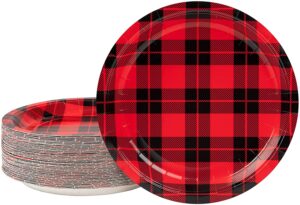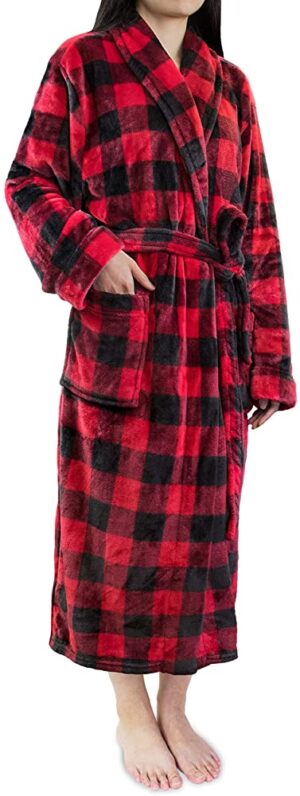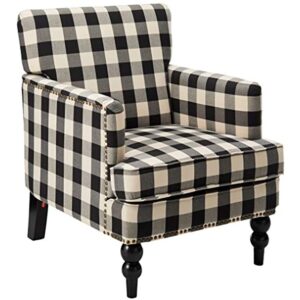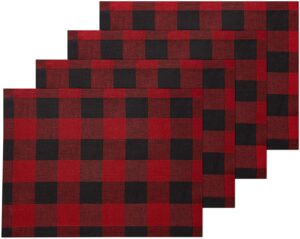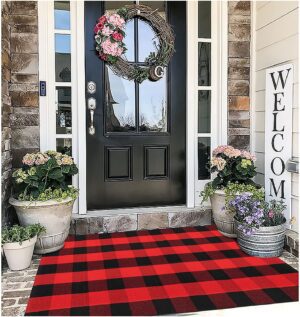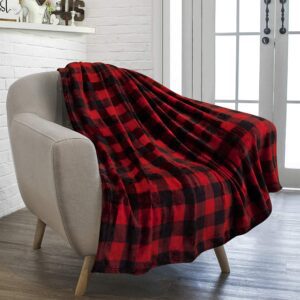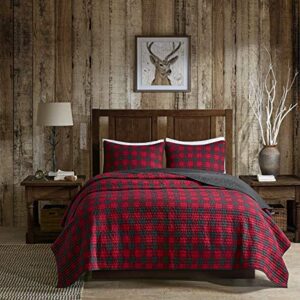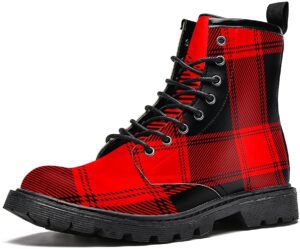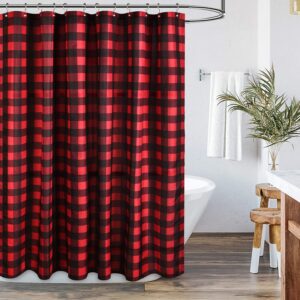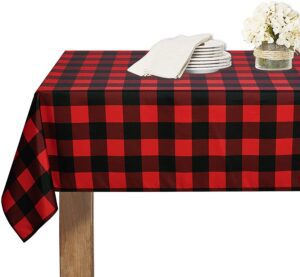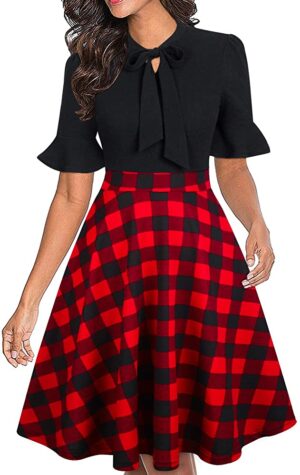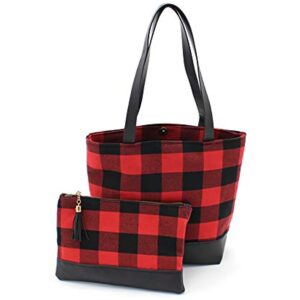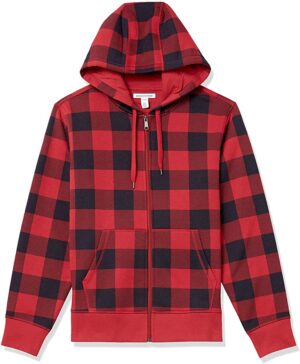In this article, we will explore the often overlooked topic of how much space is needed behind a dining chair. It may seem like a small detail, but the amount of space available can greatly impact the comfort and functionality of your dining area. We will discuss the ideal distance to ensure ease of movement, considerations for different chair styles, and tips for maximizing space in smaller dining areas. By the end, you’ll have a clear understanding of how much space is necessary behind your dining chair to create a practical and inviting space for all your dining needs. So, let’s jump right in and discover the perfect balance between style and space!
Importance of Space Behind Dining Chair
Role in Comfortability
When it comes to dining, comfort is key. The space behind a dining chair plays a crucial role in ensuring maximum comfort for everyone at the table. By allowing enough room for guests to move their chairs back, you create a sense of ease and relaxation during mealtime. Imagine constantly bumping into the wall or the person seated behind you every time you try to scoot your chair back. It can quickly become a frustrating and uncomfortable experience. By providing ample space behind the dining chair, you alleviate these concerns and make dining a more enjoyable and comfortable experience.
Enhancing the Dining Experience
The space behind a dining chair goes beyond just comfort. It also plays a significant role in enhancing the overall dining experience. When there is sufficient space, guests feel less confined and have the freedom to move around without any hindrance. This allows for effortless conversation and interaction, as individuals can easily pull their chairs back and engage in discussions with those seated nearby. On the other hand, cramped dining conditions can lead to a sense of claustrophobia and inhibit the natural flow of conversation. By prioritizing the space behind dining chairs, you create an environment that encourages socialization and a more fulfilling dining experience.
Relevance in Aesthetic Appeal
Beyond comfort and functionality, the space behind dining chairs also contributes to the aesthetic appeal of your dining area. A well-designed dining room is not only comfortable but visually pleasing as well. Adequate space behind the chairs adds a sense of balance and harmony to the room. It creates an open and inviting atmosphere, making the dining area appear more spacious and welcoming. By neglecting this aspect of design, your dining room can feel cramped and visually unappealing. When you prioritize the space behind the dining chairs, you elevate the overall aesthetic of the room and create a more visually stunning dining area.
Factors Determining the Space Behind a Dining Chair
Size of the Dining Room
the size of your dining room is a significant factor in determining the space behind your dining chairs. In smaller dining rooms, space may be limited, and you may need to consider more compact seating options or creative solutions to ensure adequate space behind the chairs. On the other hand, larger dining rooms offer more flexibility in terms of chair placement and can accommodate a generous amount of space behind the chairs. It’s essential to assess the size of your dining room and determine the appropriate amount of space needed to maintain comfort and functionality.
Size and Style of the Dining Table
The size and style of your dining table also affect the space behind the dining chairs. Rectangular and square tables typically require more space behind the chairs due to their elongated shape. On the other hand, round and oval tables are more forgiving and can be placed closer to the wall without sacrificing comfort. Additionally, tables with extensions may require more space when extended, so it’s important to consider the maximum size of your table when planning the space behind the chairs. The size and style of your dining table should be taken into account to ensure a harmonious balance between functionality and aesthetics.
Number and Size of Chairs
the number and size of chairs in your dining room directly impact the space required behind them. If you have a large family or frequently host guests, you may need to accommodate a greater number of chairs. This means more space will be needed to ensure everyone can comfortably move their chairs back without obstruction. Additionally, the size of the chairs should be considered. Bulkier or wider chairs may require more space behind them compared to slimmer, more compact designs. By assessing the number and size of chairs, you can determine the appropriate amount of space necessary for optimal comfort.
Household Dynamics
Another crucial factor in determining the space behind a dining chair is the dynamics of your household. If you have children or pets, it’s important to consider their movement and behavior during mealtime. Children may require additional space to move around or may benefit from bench-style seating that allows for more flexibility. Similarly, if you have pets that often join you at the dining table, ensuring sufficient space can prevent accidental bumping or crowding. Understanding the unique dynamics of your household can help you tailor the space behind the chairs to best accommodate everyone’s needs.
Optimal Space Measures for Different Dining Room Sizes
Small Dining Rooms
In small dining rooms, space optimization is key. While it may seem challenging to fit in enough space behind the chairs, there are still ways to ensure comfort and functionality. In these cases, consider using smaller, more compact chairs or even bench-style seating that can be tucked neatly under the table when not in use. By choosing furniture that is proportional to the room and strategically arranging the chairs, you can create a comfortable dining experience even in a limited space.
Medium-Sized Dining Rooms
Medium-sized dining rooms offer a bit more flexibility in terms of space allocation. Here, you can aim for a balance between comfort and aesthetics. Leave enough room behind the chairs to allow for easy movement, while still maintaining a visually appealing layout. Consider round or oval tables, as they tend to be more forgiving in terms of space requirements. This size range allows for greater creativity and personalization, so take advantage of the options available to create a dining area that perfectly suits your needs.
Large Dining Rooms
In large dining rooms, space is less of a concern, and you have more freedom to arrange your furniture. Aim for a more generous amount of space behind the chairs to ensure maximum comfort and unrestricted movement. Large dining rooms often lend themselves well to rectangular or square tables, which can be placed farther away from the walls without overwhelming the space. With ample room to work with, you can create a grand and inviting dining area that exudes luxury and sophistication.
The Effect of Dining Table Size and Style on Space
Square and Rectangular Tables
Square and rectangular tables require more space behind the chairs due to their elongated shape. The straight lines and sharp corners of these tables necessitate adequate room for chairs to be pulled back without bumping into walls or other furniture. As a general guideline, aim for a minimum of 36 inches of space between the table and any obstruction, such as a wall or buffet. This allows for easy movement and ensures a comfortable dining experience for all.
Round and Oval Tables
Round and oval tables, on the other hand, are more forgiving when it comes to space requirements. The curved shape of these tables allows for chairs to be placed closer to the wall without sacrificing comfort. While a minimum of 30 inches of space is still recommended, the lack of sharp corners means more flexibility in terms of placement. This makes round and oval tables a great choice for smaller dining rooms or areas with limited space behind the chairs.
Other Unconventional Table Shapes
Unconventional table shapes, such as triangular or hexagonal tables, can add a unique touch to your dining area. However, they may present challenges when it comes to space allocation. These tables often require more space behind the chairs due to their unusual shape. It’s important to carefully measure and plan for the specific dimensions of these tables to ensure adequate space for comfortable seating.
Influence of Chair Design on Space Requirement
Size of the Chair
The size of the chair itself significantly impacts the space required behind it. Bulkier or wider chairs naturally need more room to be pulled back without causing any obstructions or discomfort. When selecting chairs for your dining area, consider the overall dimensions and ensure they will fit comfortably within the available space. Slimmer and more compact designs can help optimize space without compromising on comfort.
Style of the Chair
The style of the chair also plays a role in determining space requirements. Chairs with high backs or ornate designs may require additional space due to their larger footprint. Modern and minimalist designs, on the other hand, often have sleek profiles and can be more space-efficient. When considering the style of your chairs, take into account both the aesthetic appeal and the practicality of the design to find a balance that suits your dining area.
Bench-style Seatings
Bench-style seating options have gained popularity for their versatility and space-saving qualities. They can be a great solution for maximizing space efficiency behind dining chairs. Benches can be pushed neatly under the table when not in use, freeing up valuable floor space. This style of seating also allows for more flexibility in accommodating additional guests since benches can often accommodate more people than individual chairs. If you have limited space or prefer a more casual dining atmosphere, bench-style seating may be the perfect option for you.
Impact of Households Size on Space Allocation
Single or Couple Households
For single or couple households, space behind dining chairs may not be as much of a concern. With fewer individuals using the dining area, you have the flexibility to prioritize other aspects of design or decoration. However, it’s still important to consider the space behind the chairs to ensure personal comfort and ease of movement during meals. opt for furniture that suits the size of your dining room, taking into account any potential future needs if your household dynamics change.
Family Households
Family households often require more space behind dining chairs to accommodate larger groups and facilitate the movement of individuals. Depending on the number of family members and how often you entertain guests, it may be necessary to choose a dining table that offers extension capabilities. This can provide additional seating and allow for more flexibility when hosting family gatherings or celebrations. Families with younger children may also benefit from bench-style seating, as it can accommodate more individuals and adapt to changing needs.
Households with Pets or Small Children
If you have pets or small children, it’s important to consider their behavior and movement during mealtime. Pets may need their own designated space away from the dining table, so ensuring there is ample room for them to move around without disturbing the dining experience is crucial. Small children may require additional space to maneuver in and out of their chairs or may benefit from high chairs that can be easily tucked away when not in use. By taking into account the unique needs of your household, you can create a dining area that is both functional and accommodating.

Space Management Techniques
Using Extendable Tables
Extendable tables are a fantastic space-saving solution, particularly for those who frequently host guests or have fluctuating household sizes. These tables can be adjusted to accommodate varying numbers of people, allowing for more efficient use of space. By using an extendable dining table, you can easily create additional seating area when needed and minimize the space required behind the chairs during quieter times. This flexibility ensures that your dining area remains functional and adaptable to your changing needs.
Flexible Seating Arrangements
Flexibility is key when it comes to optimizing space behind dining chairs. Consider utilizing chairs that are lightweight and easy to move. This allows you to reconfigure the seating arrangement as needed, whether it’s for a larger gathering or for different dining activities. Folding chairs, for example, can be conveniently stored away when not in use, freeing up space when it’s not needed. By maintaining a flexible seating arrangement, you can make the most of your dining area and adapt it to various occasions.
Multifunctional Furniture
In smaller dining rooms or homes with limited space, multifunctional furniture can be a game-changer. Look for dining tables with built-in storage solutions, such as drawers or shelves, where you can keep dining essentials or other items. This helps declutter the dining area and keeps everything within easy reach. Additionally, consider chairs or benches with hidden compartments for extra storage. By incorporating multifunctional furniture into your dining area, you can maximize space without compromising on style or functionality.
Professional Advice on Optimizing Space
Consulting Interior Designers
When it comes to space planning, consulting with an interior designer can provide valuable insights and expertise. Designers have a keen eye for balancing form and function, and they can help you create a dining area that optimizes the available space while reflecting your personal style. They can also offer creative solutions and recommendations tailored to your specific needs and budget. Investing in professional advice can result in a dining area that is both visually appealing and highly functional.
Online DIY Tips and Tricks
If hiring an interior designer is not within your budget, there are still plenty of online resources available to help you optimize space in your dining area. Many websites and blogs offer DIY tips and tricks for space planning, including creative storage solutions or innovative furniture arrangements. These online resources can be a great starting point for gathering inspiration and finding practical solutions for your dining room. By harnessing the power of the internet, you can access a wealth of information and ideas to help you create a space that maximizes comfort and functionality.
Understanding the Principles of Space Planning
Lastly, it’s essential to have a basic understanding of the principles of space planning. This can help guide your decision-making process when it comes to optimizing the space behind dining chairs. Consider factors such as circulation space, which ensures easy movement throughout the dining area, and visual balance, which creates a harmonious arrangement of furniture and accessories. By familiarizing yourself with these principles, you can make informed choices and create a dining area that is well-designed and efficient.

Benefits of Adequate Space Behind Dining Chairs
Improved Mobility
One of the primary benefits of having sufficient space behind dining chairs is improved mobility. With ample room to move chairs back, guests can easily get in and out of their seats without any hindrance. This not only makes for a more comfortable dining experience but also allows for easier access to the dining table and other areas of the room. By prioritizing mobility, you create a seamless flow of movement and ensure that everyone can enjoy their meal without feeling restricted.
Enhanced Safety
Adequate space behind dining chairs also promotes enhanced safety during mealtime. When chairs are placed too close together or against the wall, it increases the risk of accidents and discomfort. Guests may accidentally bump into each other, causing spills or injuries. Additionally, chairs that are forced against the wall can damage both the furniture and the wall itself. By allowing for enough space behind the chairs, you minimize the risk of accidents and preserve the integrity of your dining area.
Increased Comfort and Enjoyment
Perhaps the most immediate and noticeable benefit of having optimal space behind dining chairs is increased comfort and enjoyment. When guests can move their chairs back without any obstacles, they can fully relax and focus on enjoying their meal and the company of those around them. It eliminates the constant need for readjustment or discomfort caused by cramped seating arrangements. By providing ample space, you create a dining environment that prioritizes comfort and enjoyment for everyone involved.
Conclusion
In conclusion, the space behind dining chairs is a crucial consideration when designing a dining area. It plays a significant role in the comfort, functionality, and aesthetic appeal of the room. By carefully assessing factors such as room size, table size and style, chair design, and household dynamics, you can determine the appropriate amount of space required. Additionally, employing space management techniques such as using extendable tables, flexible seating arrangements, and multifunctional furniture can help optimize space efficiency. Regardless of the size of your dining room or the dynamics of your household, prioritizing adequate space behind dining chairs ensures improved mobility, enhanced safety, and increased comfort and enjoyment for everyone. By understanding the importance of space planning in dining rooms, you can create an inviting and functional environment where meals are truly enjoyed and cherished.






